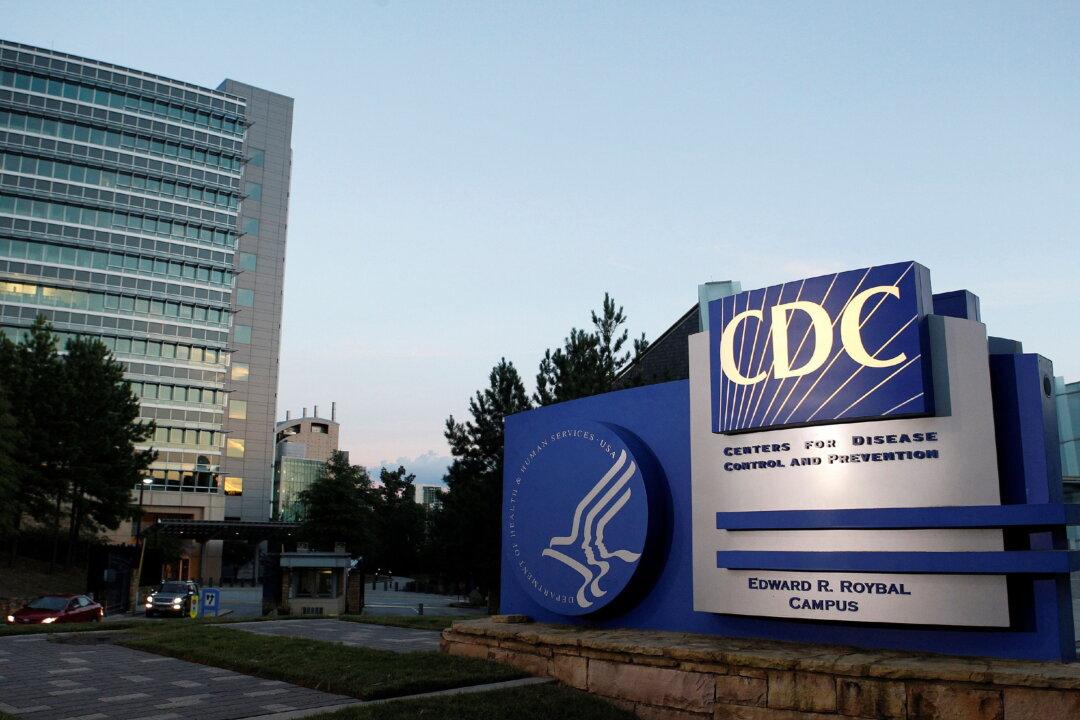Fewer than one percent of college athletes who tested positive for COVID-19 developed heart-related problems, according to a recent study published in the American Heart Association’s journal, Circulation, on April 17.
The prospective observational study involved 3,018 COVID-positive athletes from 42 colleges or universities across 26 sports. Data on the “prevalence, clinical characteristics, and outcomes of SARS-CoV-2 cardiac involvement” were collected from Sept. 1, 2020 to Dec. 21, 2020.






